
Indian jewellery has been a part of the country's rich cultural heritage for centuries. It has played an essential role in various aspects of life, from religious ceremonies to weddings to everyday wear. Over time, Indian jewellery has undergone significant changes, with traditional designs making way for modern and contemporary styles. In this article, we will explore the changing face of Indian jewellery and how it reflects the evolution of Indian society.

Traditional Indian Jewellery
Traditional Indian jewellery is known for its intricate designs, vivid colours and symbolism. These designs are deeply rooted in Indian culture and are often inspired by nature, mythology and religion. Traditional Indian jewellery is typically made of gold, silver, or other precious metals and adorned with precious and semi-precious stones such as diamonds, rubies, emeralds, and pearls.
The traditional designs of Indian jewellery are typically very ornate, with heavy layers and intricate details. For example, the famous Kundan jewellery of Rajasthan is made by setting uncut diamonds or other gemstones in gold foil, and it is usually worn during weddings and other special occasions. The designs of traditional Indian jewellery are often symbolic, with each piece having its own significance and meaning. For example, a mangalsutra, a necklace that a married woman wears, is considered a symbol of love and commitment.

Modern Indian Jewellery
In recent years, there has been a shift towards more modern and contemporary styles of Indian jewellery. Modern Indian jewellery designs are simpler and more minimalistic, with clean lines and geometric shapes. They are also made with a variety of materials, including wood, beads, and plastics, in addition to traditional materials like gold and silver.
The shift towards more modern and contemporary styles of Indian jewellery is reflective of the changing social and economic landscape of India. As more women enter the workforce and become financially independent, they are seeking jewellery that is practical and can be worn on a daily basis. Modern Indian jewellery is also more accessible and affordable, making it more appealing to younger generations.

Cultural comparisons between traditional and modern Indian jewellery?
Traditional Indian jewellery has a rich and vibrant history that spans centuries. The designs are deeply rooted in Indian culture and are often inspired by nature, mythology, and religion. The designs are typically very ornate, with intricate details and layers. The materials used are also typically traditional, with gold, silver, and precious stones being the norm.
In contrast, modern Indian jewellery is often more minimalistic in design, with clean lines and geometric shapes. The materials used are also more varied, with plastics, wood, and beads being used in addition to traditional materials. Modern Indian jewellery is often more accessible and affordable, making it more appealing to younger generations.
While there are many differences between traditional and modern Indian jewellery, there are also some similarities. Both types of jewellery are worn for a variety of occasions, from religious ceremonies to weddings to everyday wear. They both hold symbolic meaning and significance, with each piece having its own story and history.
One interesting cultural comparison between traditional and modern Indian jewellery is the role of women in society. In traditional Indian culture, women were expected to stay at home and take care of the household. They were often seen as objects of beauty and adornment, and jewellery was a way to enhance their beauty and status. However, in modern Indian society, women are increasingly entering the workforce and becoming financially independent. As a result, modern Indian jewellery is more practical and designed to be worn on a daily basis, reflecting the changing needs and tastes of Indian women.
Another cultural comparison is the role of symbolism in Indian jewellery. Traditional Indian jewellery is often deeply symbolic, with each piece having its own significance and meaning. For example, a mangalsutra, a necklace that a married woman wears, is considered a symbol of love and commitment. In contrast, modern Indian jewellery often focuses on aesthetics and design, with less emphasis on symbolism and meaning.

The Future of Indian Jewellery
As Indian society continues to evolve, so too will the designs of Indian jewellery. While traditional designs will always hold a special place in Indian culture, there is a growing demand for modern and contemporary styles that reflect the changing tastes and needs of Indian women.
One trend that is emerging in Indian jewellery is a focus on sustainability and ethical sourcing. Many jewellery designers are now using recycled materials and working with local artisans to create pieces that are both beautiful and sustainable.
In conclusion, the changing face of Indian jewellery reflects the evolution of Indian society. While traditional designs will always be a part of Indian culture, modern and contemporary styles are becoming increasingly popular, reflecting the changing tastes and needs of Indian women. As Indian society continues to evolve, we can expect to see even more innovation and creativity in the world of Indian jewellery.
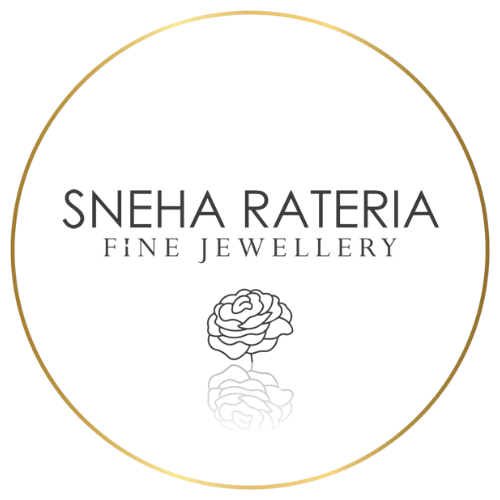

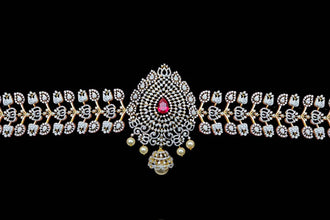
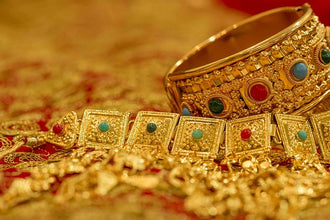
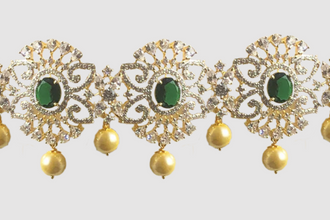
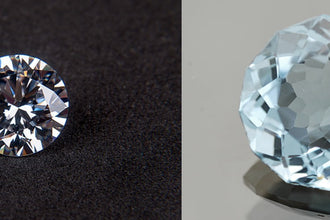
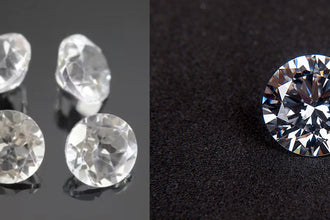
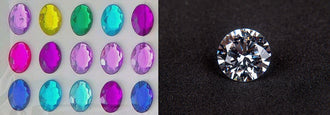
ERI JEWELRY /
The heavy and traditional designs in jewellery have been replaced with light and trendy contemporary designs. In the west nose rings are called nath, they are made of pearlsand stones.
Visit: https://www.facebook.com/erijewelry/